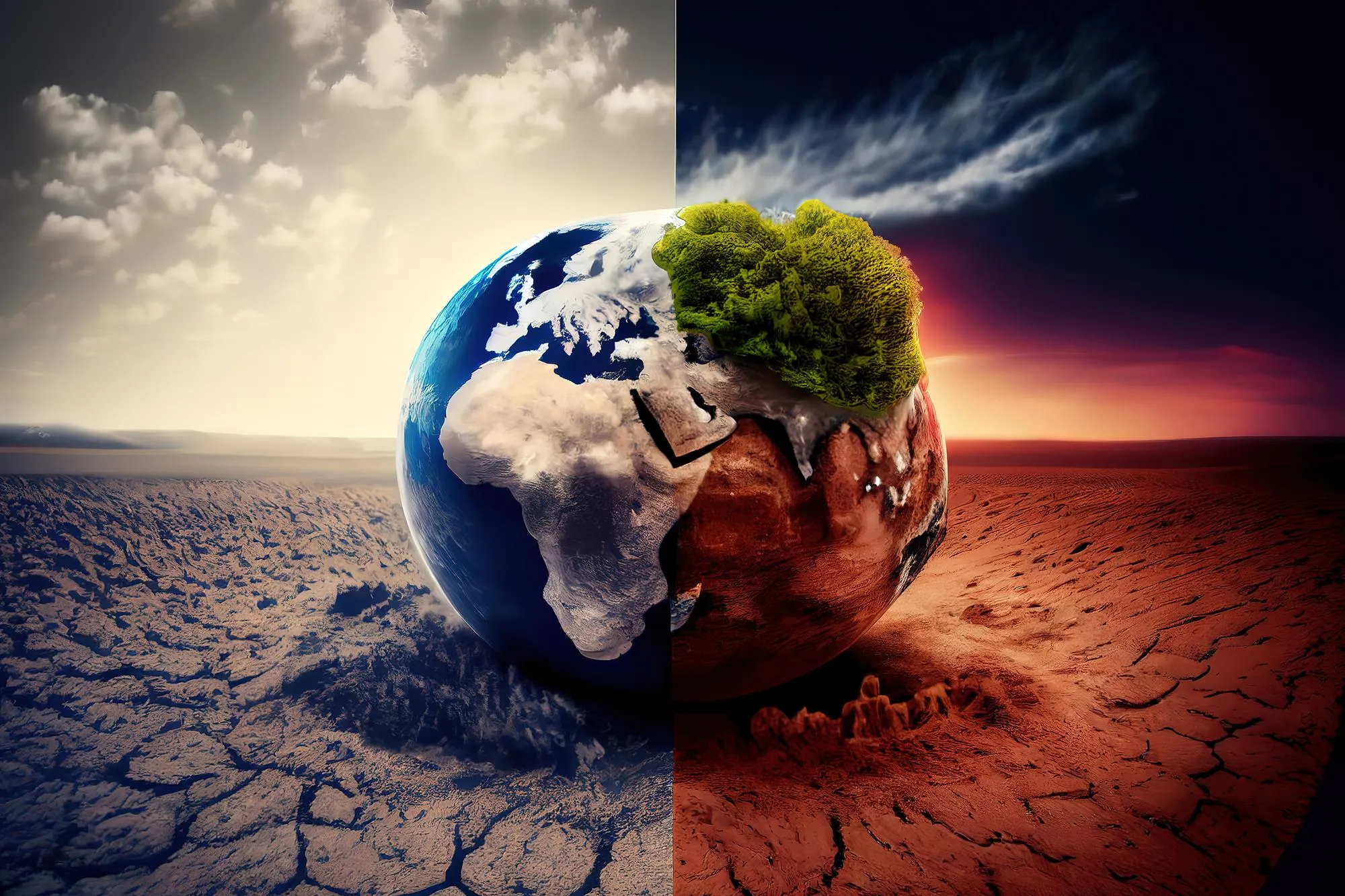A groundbreaking study was published in “The Science of the Total Environment” journal, delineating the stark temperature sensitivity of retrogressive thaw slump (RTS) activity amid the changing climate conditions at the Earth’s extreme latitudes. The research, led by Liu Ya of the Shaanxi Key Laboratory of Earth Surface and Environmental Carrying Capacity at Northwest University in Xi’an, China, provides alarming insights into the permafrost thawing effects that are exacerbated by climate change particularly within the Arctic compared to the Third Pole.
The study entitled “Higher temperature sensitivity of retrogressive thaw slump activity in the Arctic compared to the Third Pole” marks an important step in understanding the impact that rising temperatures have on permafrost landscapes. Utilizing the Tasselled Cap (TC) trend analysis of time-series Landsat images along with Interferometric Synthetic Aperture Radar (InSAR) measurements, the team was able to quantify the deformation rates and cumulative displacements indicative of a much more severe growth trend of RTS activity in the Arctic cold permafrost region.
The researchers report a staggering growth rate with a deformation rate in the Arctic of approximately 70 mm/year and cumulative displacement reaching up to 120 mm. In stark contrast, the deformation rate in the Third Pole is considerably lower, averaging around 50 mm/year. The findings suggest the RTS severity in the Arctic is about 1.5 times higher than that of the Third Pole. This difference has been attributed to the variable sensitivities between cold and warm permafrost to warming climates.
The implications of such heightened RTS activity are profound, touching on a wide range of factors including alterations in climatological processes, disruptions to regional hydrology, substantial increases in carbon release, and significant compromises to ground stability. These changes are not confined to local or regional scales; they reverberate globally, influencing a range of environmental and human systems.
Collaborated by an olio of scientists, including Qiu Haijun, Kamp Ulrich, Wang Ninglian, Wang Jiading, Huang Chang, and Tang Bingzhe, the paper marks an appeal for urgent attention and the adoption of effective governance strategies to mitigate the alarming trends identified. The research received funding and support from the Xi’an municipal and Shaanxi provincial governing bodies, dedicated to furthering the cause of sustainability and environmental protection.
The study’s DOI is 10.1016/j.scitotenv.2024.170007, serving as a digital fingerprint in the scientific community, providing direct access to the wealth of data and analysis contained within its pages.
For more in-depth reading, the references listed below offer a comprehensive background to the subject discussed in the article:
References
1. Liu et al. (2024). Higher temperature sensitivity of retrogressive thaw slump activity in the Arctic compared to the Third Pole. Science of the Total Environment, 170007.
2. Lantz, T. C., & Kokelj, S. V. (2018). Increasing rates of retrogressive thaw slump activity in the Mackenzie Delta region, N.W.T., Canada. Geology, 46(4), 55-58.
3. Niu, L. et al. (2017). Remote sensing monitoring of permafrost along the Qinghai-Tibet Highway, the Third Pole environment. Cryosphere Discussions, 11, 4339-4355.
4. Romanovsky, V. E. et al. (2010). Thermal state of permafrost in Russia. Permafrost and Periglacial Processes, 21(2), 136-155.
5. Schuur, E. A. G. et al. (2015). Climate change and the permafrost carbon feedback. Nature, 520(7546), 171-179.
Keywords
1. Arctic Permafrost Thawing
2. Retrogressive Thaw Slumps
3. Climate Change Impacts
4. Third Pole Environmental Studies
5. InSAR Permafrost Measurement
This landmark study raises alarm bells for policy-makers, scientists, and the global community, urging for immediate and substantial action in combating the escalating impacts of climate change on some of Earth’s most vulnerable and vital ecosystems. The research by Liu and colleagues is indispensable, transforming our understanding and setting the stage for future initiatives to safeguard our planet for generations to come.
